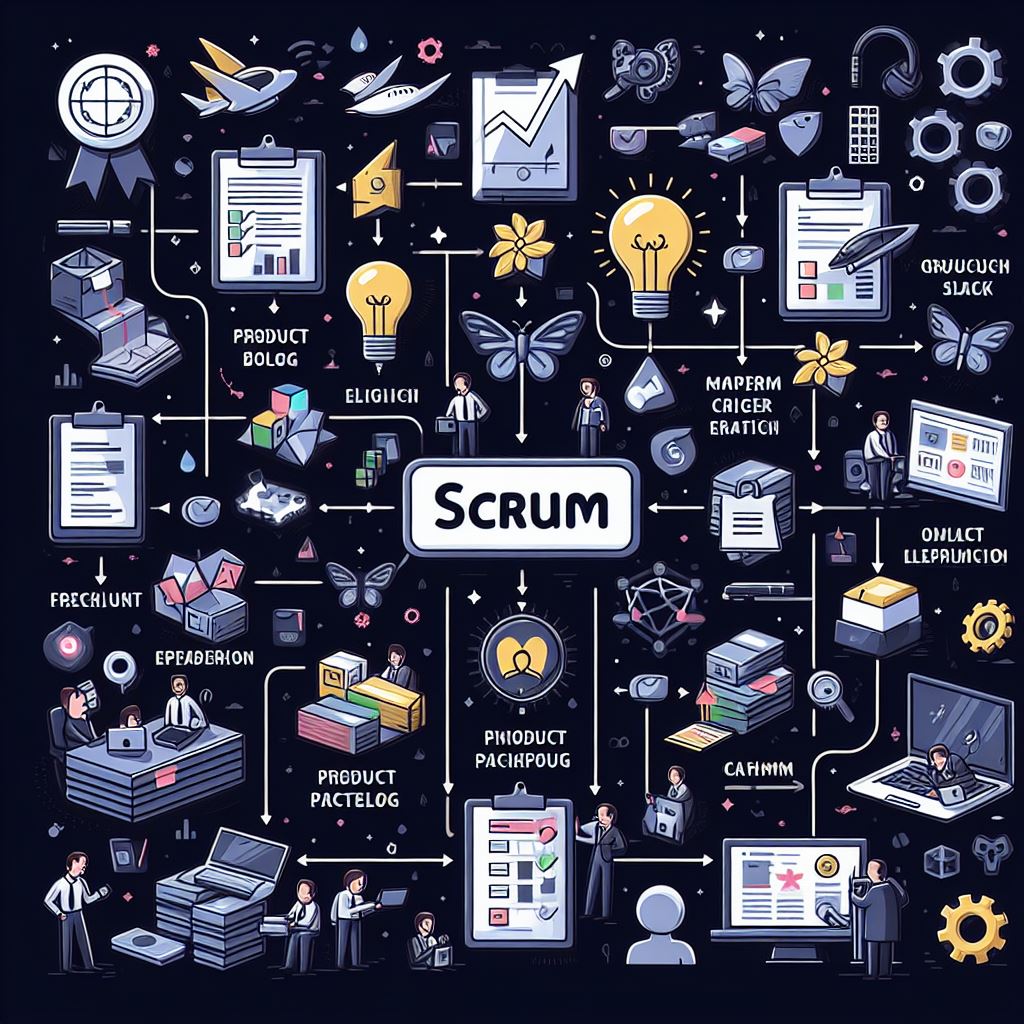See more on SCRUM here…
In Scrum, the Product Backlog is a prioritized and dynamic list of features, enhancements, bug fixes, and other work items that represent the total scope of work to be done on a product. It serves as the single source of truth for all the work that the development team may be required to complete during the course of the project.
Key characteristics of the Product Backlog include:
- Dynamic and Prioritized:
- The Product Backlog is dynamic, meaning it can be updated and adjusted throughout the project as new information emerges or priorities change. The items in the backlog are also prioritized, with the most valuable and important work items placed at the top.
- Owned by the Product Owner:
- The Product Backlog is owned and maintained by the Product Owner, who is responsible for maximizing the value of the product and ensuring that the team is working on the most valuable features. The Product Owner collaborates with stakeholders to define and refine the backlog items.
- User Stories and Tasks:
- Items in the Product Backlog can take various forms, but they are often expressed as user stories or tasks. User stories are short, simple descriptions of a feature or functionality from an end-user perspective.
- Estimation:
- While not mandatory, many teams choose to estimate the effort or size of each backlog item. This helps the team and the Product Owner understand the relative complexity of different features and assists in planning and prioritization.
- Continuous Refinement:
- The Product Backlog is continually refined and updated as the team learns more about the product, stakeholders provide feedback, and market conditions change. Refinement activities often involve breaking down large items into smaller, more manageable ones and clarifying requirements.
- Sprint Planning Input:
- During Sprint Planning, the team selects a subset of items from the Product Backlog to work on during the upcoming Sprint. The selected items should align with the team’s capacity and the overall Sprint goal.
The Product Backlog is a crucial artifact in Scrum as it provides transparency into the work that needs to be done and facilitates collaboration between the Product Owner, the development team, and stakeholders. It also helps the team adapt to changing requirements and priorities throughout the development process.



